Learn Python Full Course Step By Step
4.9 out of 5 based on 45547 votesLast updated on 8th Aug 2024 3.7K Views
- Bookmark

Learn Python: Comprehensive course covering basics to advanced topics, real-world projects, and industry expert instruction for all skill levels.
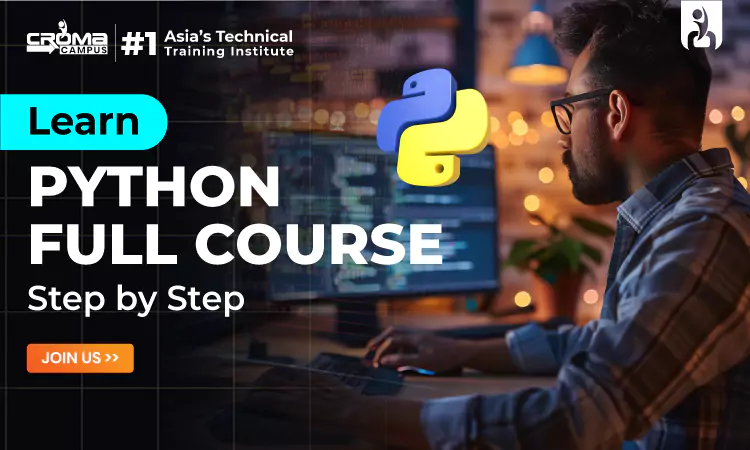
Python is one of the most popular programming languages in the world, renowned for its simplicity, versatility, and powerful capabilities. Whether you're a complete beginner or an experienced developer looking to expand your skill set, a comprehensive Python course can help you master this essential language. In this blog, we'll explore the benefits of learning Python, outline a step-by-step guide for a full Python Course, and discuss how obtaining a Python certification can boost your career prospects.
Why Learn Python?
Before diving into the details of a Python certification course, it’s important to understand why learning Python is a valuable investment:
- Simplicity and Readability: Python's syntax is clean and easy to understand, making it an excellent language for beginners.
- Versatility: Python is used in web development, data science, machine learning, automation, and more.
- Large Community and Libraries: With a vast community and extensive libraries, Python offers a wealth of resources for learners.
- Career Opportunities: Python developers are in high demand, and mastering Python can open doors to numerous job opportunities.
Step-by-Step Guide to Learning Python
Step 1: Introduction to Python
Objective: Understand the basics of Python and set up your development environment.
- Install Python: Download and install the latest version of Python from the official website.
- Set Up IDE: Choose an Integrated Development Environment (IDE) like PyCharm, Visual Studio Code, or Jupyter Notebook.
- Learn Basic Syntax: Start with basic syntax, data types (integers, strings, lists, dictionaries), and control structures (if statements, loops).
Resources:
- Python’s official documentation
- Online tutorials and introductory videos
- Basic coding exercises
Step 2: Core Python Programming
Objective: Build a solid foundation in Python programming.
- Functions: Learn to write and use functions, understanding scope and recursion.
- Modules and Packages: Understand how to import and use modules and packages.
- File Handling: Learn to read from and write to files.
- Error Handling: Understand exceptions and how to handle errors gracefully.
Resources:
- Interactive Python coding platforms
- Books like "Automate the Boring Stuff with Python"
- Practice projects and coding challenges
Step 3: Object-Oriented Programming (OOP) in Python
Objective: Master the principles of OOP to create modular and reusable code.
- Classes and Objects: Learn the concepts of classes, objects, attributes, and methods.
- Inheritance: Understand how to inherit properties and methods from other classes.
- Polymorphism and Encapsulation: Learn about method overriding and data hiding.
Resources:
- Detailed OOP tutorials
- Coding exercises focusing on class design and implementation
- Projects like creating a simple game or a GUI application
Step 4: Advanced Python Topics
Objective: Explore advanced Python features and libraries.
- Decorators and Generators: Learn about advanced functions for code optimization.
- Context Managers: Understand the use of the with statement for resource management.
- Regular Expressions: Learn to use regex for pattern matching in strings.
- Working with Dates and Times: Use libraries like datetime for date and time manipulation.
Resources:
- Advanced Python courses and books
- Practice problems and real-world applications
- Contribution to open-source projects
Step 5: Web Development with Python
Objective: Build dynamic web applications using Python.
- Flask: Start with Flask to understand the basics of web development.
- Django: Move to Django for building robust and scalable web applications.
- REST APIs: Learn to create RESTful APIs with Flask and Django.
Resources:
- Flask and Django documentation
- Online courses on web development with Python
- Building and deploying your web applications
Step 6: Data Science and Machine Learning
Objective: Utilize Python for data analysis and machine learning.
- NumPy and Pandas: Learn to manipulate and analyse data with these powerful libraries.
- Matplotlib and Seaborn: Use these libraries for data visualization.
- Scikit-Learn: Implement machine learning algorithms for predictive modelling.
Resources:
- Data science courses and tutorials
- Real-world data sets for practice
- Kaggle competitions and projects
Step 7: Automation and Scripting
Objective: Automate repetitive tasks using Python scripts.
- Web Scraping: Use libraries like Beautiful Soup and Scrapy for web scraping.
- Automating System Tasks: Learn to automate tasks like file handling and system monitoring.
- Working with APIs: Understand how to interact with web services and APIs.
Resources:
- Books like "Automate the Boring Stuff with Python"
- Practical automation projects
- Online tutorials and community forums
Step 8: Python Certification Course
Objective: Validate your Python skills and enhance your resume.
- Enroll in a Python Certification Course: Choose a reputable certification course that covers comprehensive Python training.
- Prepare for the Exam: Use study guides, practice tests, and review core concepts.
- Earn Your Certification: Successfully pass the certification exam to obtain your Python certification.
Benefits:
- Recognition of your expertise in Python
- Enhanced job prospects and career growth
- Confidence in your programming abilities
Career Opportunities and Salary Expectations
After completing an Advanced Python Programming Course and earning a certification, numerous career opportunities await you. Python developers, data scientists, machine learning engineers, and web developers are some of the roles you can pursue.
According to industry reports, Python developers can expect an average salary ranging from $70,000 to $120,000 per year, depending on their experience and location.
You May Also Read:
Python Programming for Beginners
Python Interview Questions and
Answers
Data Science Interview Questions and
Answers
Conclusion
Learning Python through a structured, step-by-step python course is a rewarding journey that opens up a world of opportunities.
From understanding basic syntax to mastering advanced topics and earning a Python certification, each step is designed to build your competence and confidence in Python programming.
With dedication and the right resources, you can leverage your Python skills to achieve your career goals and excel in the tech industry. Enroll in a comprehensive Python Certification Course today at Croma Campus and take the first step towards becoming a proficient Python developer.
Subscribe For Free Demo
Free Demo for Corporate & Online Trainings.
Your email address will not be published. Required fields are marked *
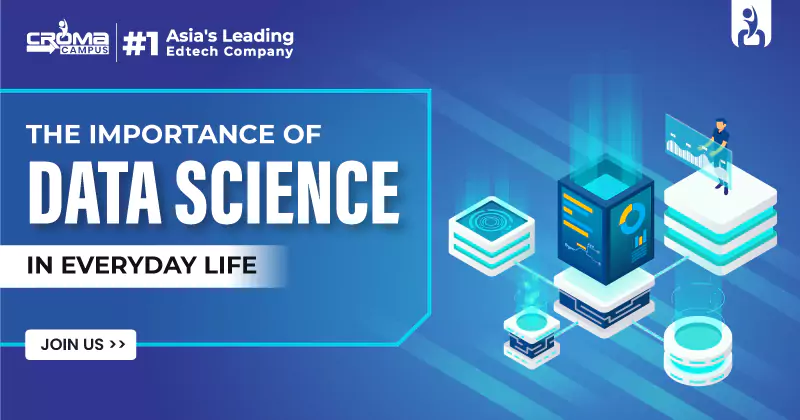
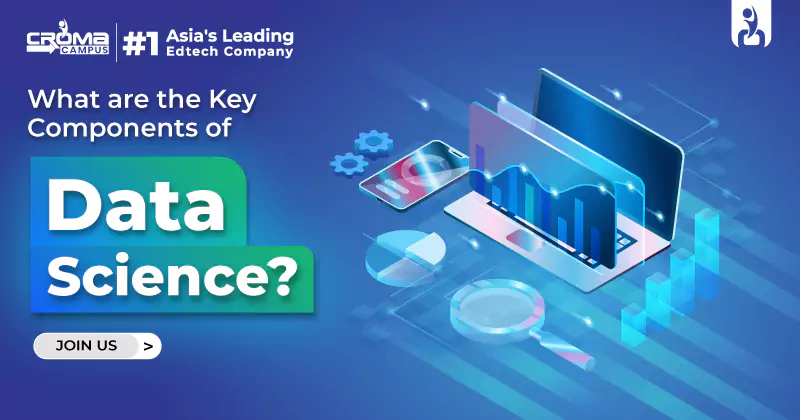
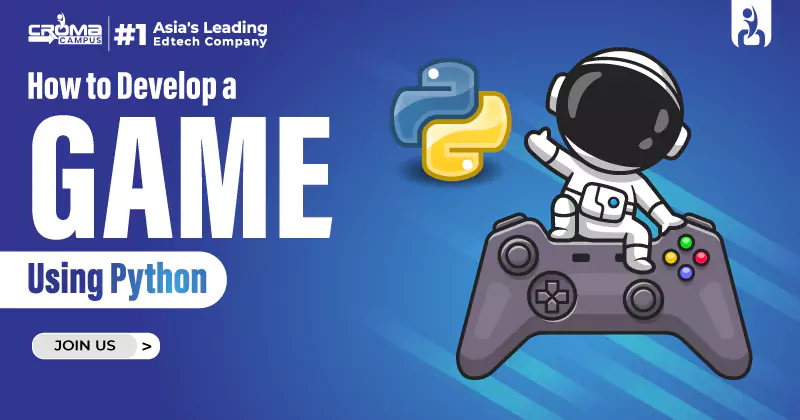
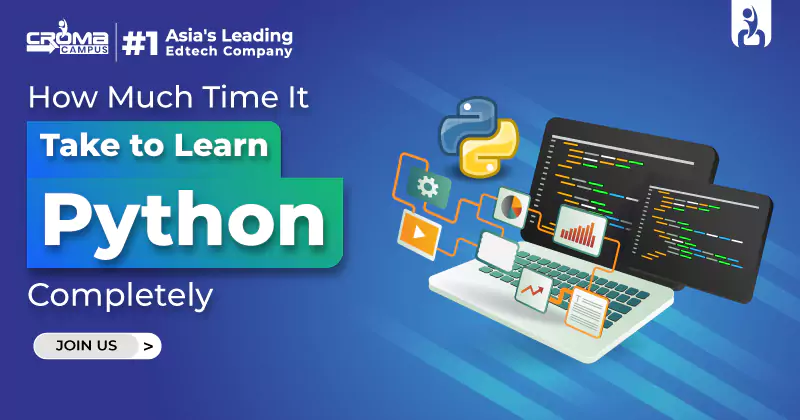
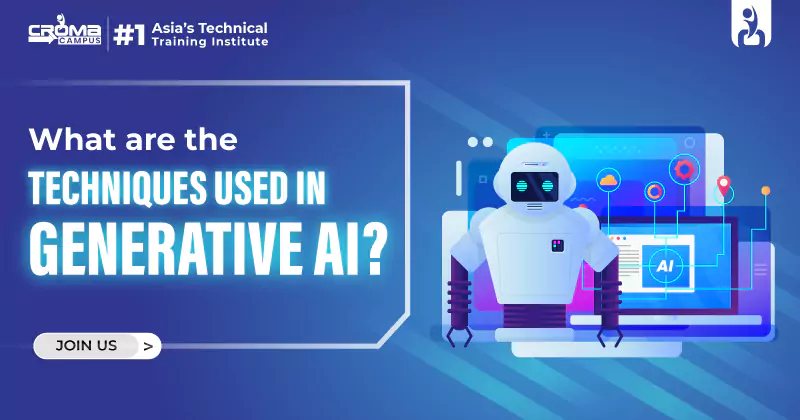
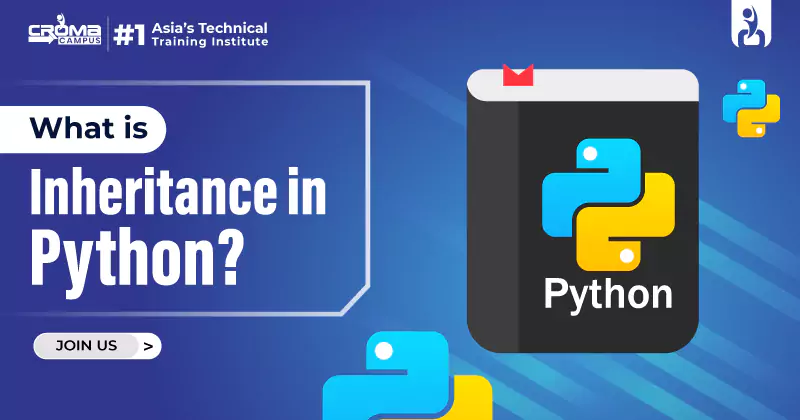
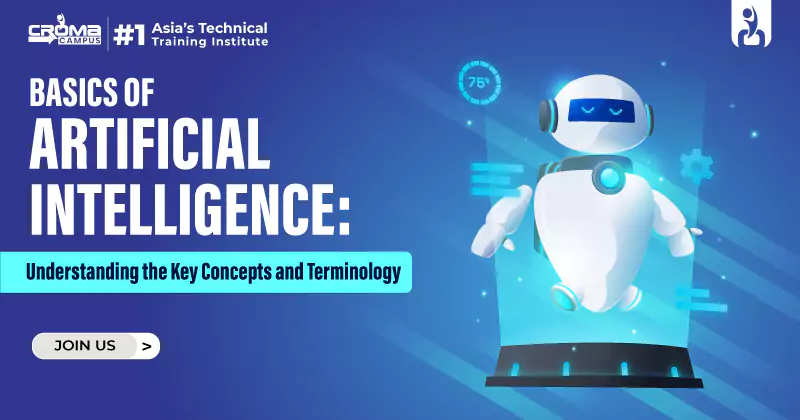
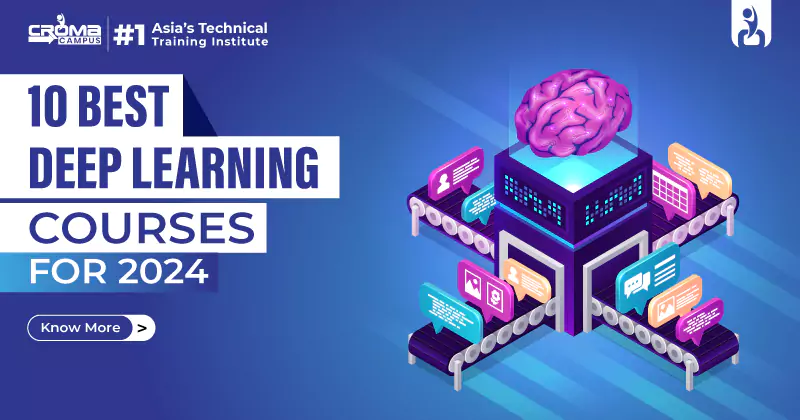
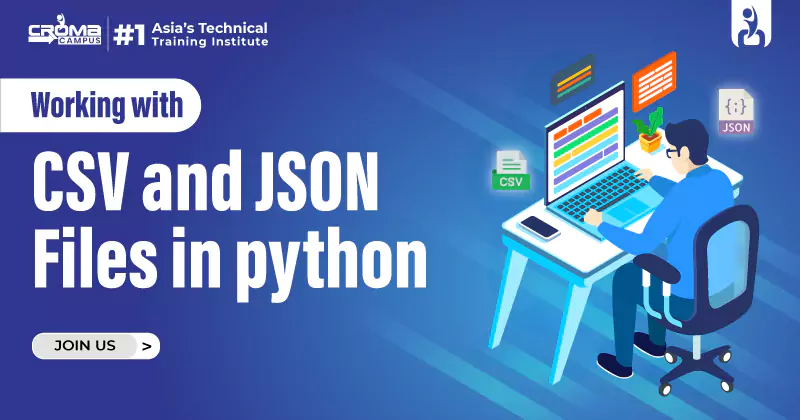
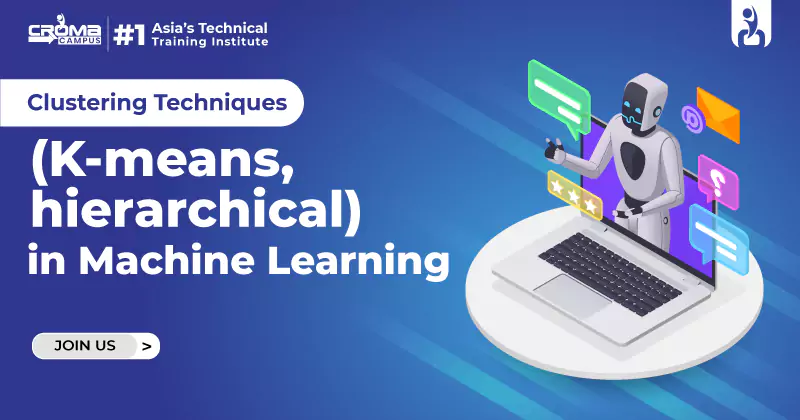
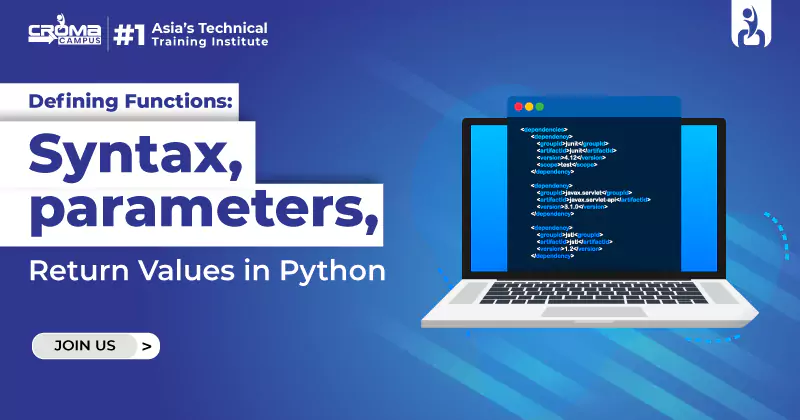
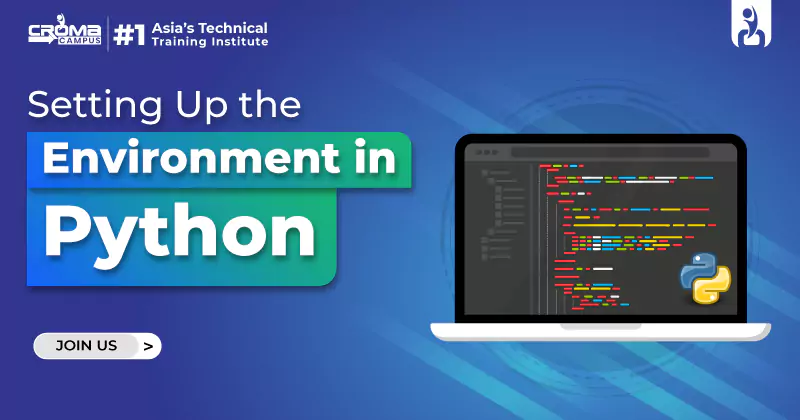









 Master in Cloud Computing Training
Master in Cloud Computing Training